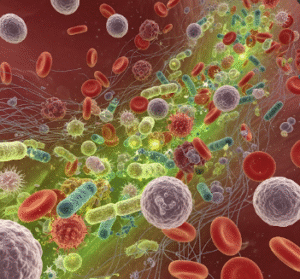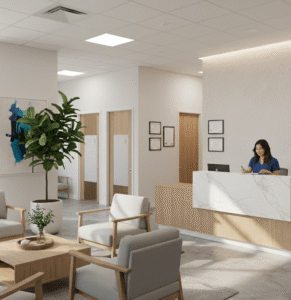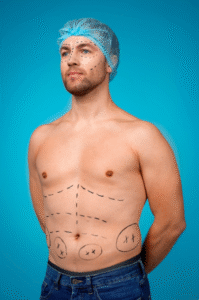Overview
Cataplexy is a sudden, brief episode of muscle weakness or paralysis triggered by strong emotions such as laughter, surprise, or anger. It is most commonly associated with narcolepsy, a chronic sleep disorder, and can significantly impact daily life and safety. While cataplexy itself does not cause loss of consciousness, the sudden weakness can lead to falls or injuries if not properly managed.
What is Cataplexy?
Cataplexy is a neurological symptom where muscles temporarily lose strength due to abnormal regulation of REM (rapid eye movement) sleep mechanisms while awake. It is often considered a hallmark feature of narcolepsy type 1 and may occur multiple times a day. The severity can range from mild drooping of eyelids to complete collapse of the body.
Symptoms
- Sudden loss of muscle tone triggered by emotions
- Drooping eyelids or jaw
- Weakness in the arms, legs, or neck
- Slurred speech or buckling knees
- Partial or complete collapse without loss of consciousness
- Episodes typically last seconds to a few minutes
Causes
- Loss or deficiency of hypocretin (orexin) in the brain
- Autoimmune destruction of neurons producing hypocretin
- Genetic predisposition (certain HLA gene variants)
- Secondary causes: head trauma, stroke, or brain tumors in rare cases
Risk Factors
- Narcolepsy type 1 (major risk factor)
- Family history of narcolepsy or related sleep disorders
- Age of onset usually between 10–30 years
- Certain autoimmune or neurological conditions
Complications
- Injuries from sudden falls or collapses
- Social anxiety and embarrassment
- Impaired work or school performance
- Emotional stress and depression
- Sleep disruption due to associated narcolepsy
Prevention
- There is no definitive way to prevent cataplexy, but early diagnosis and treatment of narcolepsy can reduce episodes.
- Avoiding known emotional triggers when possible
- Maintaining regular sleep schedules and good sleep hygiene
- Using supportive devices or safe environments to prevent injury
Treatment Options in Korea
South Korea provides advanced care for cataplexy, often as part of narcolepsy management:
- Diagnosis
- Clinical evaluation of symptoms and triggers
- Polysomnography (overnight sleep study)
- Multiple Sleep Latency Test (MSLT) to assess daytime sleepiness
- Blood tests for HLA gene markers in select cases
- Medications
- Sodium oxybate: Reduces cataplexy episodes and improves sleep quality
- Antidepressants (SSRIs, SNRIs, tricyclics): Suppress muscle weakness episodes
- Stimulants: Manage daytime sleepiness associated with narcolepsy
- Lifestyle & Supportive Measures
- Scheduled naps to reduce daytime sleepiness
- Avoiding sleep deprivation
- Counseling and support groups for coping strategies
- Safety measures at home or work to prevent injuries













